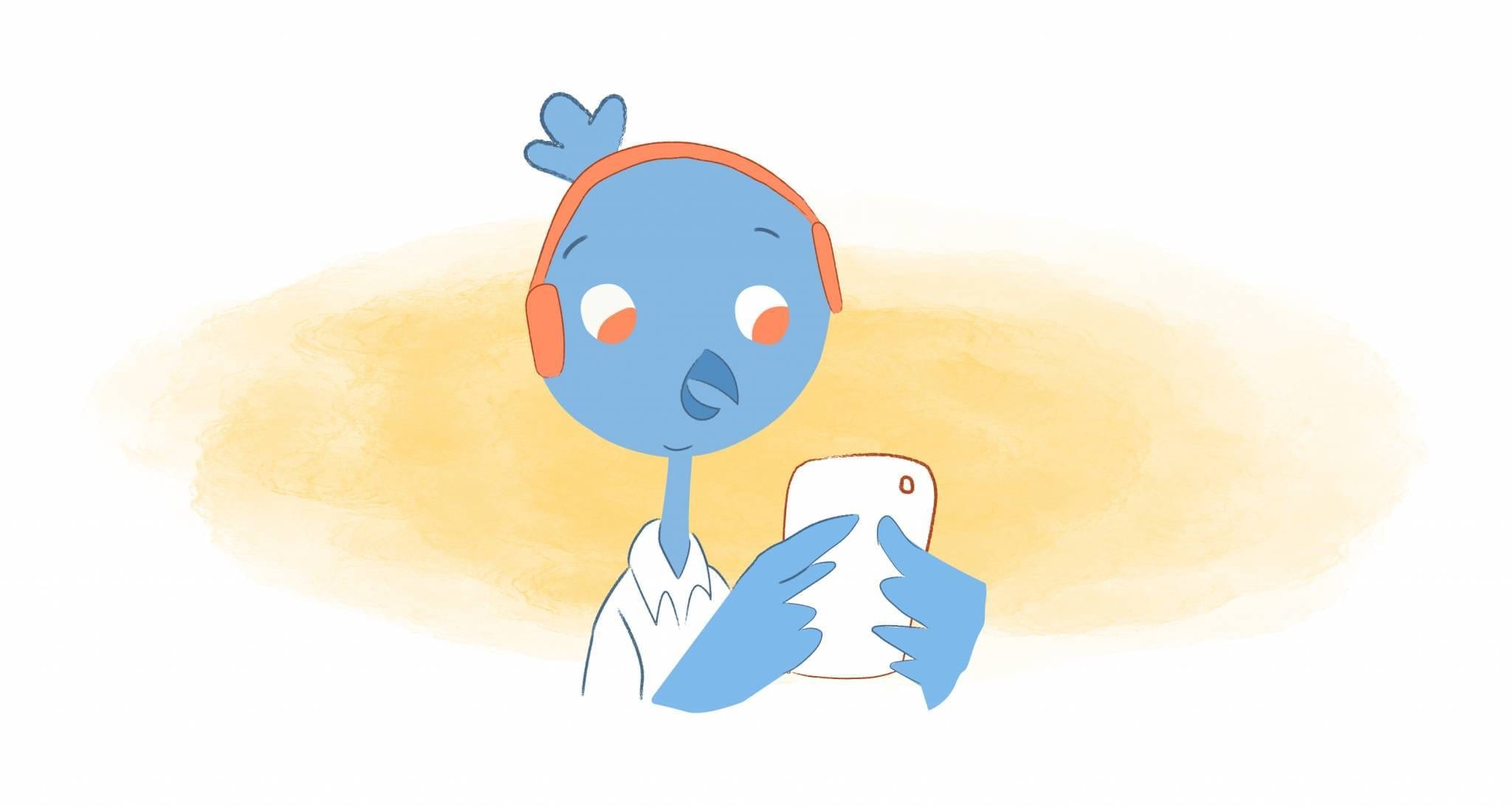

I remember many years ago, when I was still considered a kid myself, hating the Staples “It’s the Most Wonderful Time of the Year” back-to-school commercial. It reminded me that the summer was coming to an end, which meant no more fun. Of course, my parents didn’t argue with the commercial — and totally related to the ad.
At the start of the school year last year, parents were surrounded with uncertainty about Covid and what would take place. This year we all hope that the variant is under control and that all will be well. School doesn’t start for another six or seven weeks, but here’s hoping that this school year will be back to the traditional fun and learning for our children and our nation.
Help Employees Work From Home With Kids
As an employer, it is within your power to make this summer and then back-to-the-school year transition and getting back to the office a little more manageable. How? Well, start by implementing the following nine techniques.
1. Support the WFH transition and hybrids.
Even though working from home was trending upward, the reality was that prior to COVID-19, work from home applied to just over 5% of the workforce. Obviously, that changed in the wake of the pandemic. During covid, more than half of Americans worked remotely and many want to keep it that way, now that they have the choice to return to work.
Most employees have garnered the tools and knowledge to successfully work from home by now. But if your company is moving to a hybrid type work situation — set aside a block of time to discuss what problems your team is experiencing with their families and returning to the office. Work out a way to accommodate the transition.
If they are going to have many days still working from home, ask if they have made a home office part of the transition? And, is it properly set up? If not, you may want to provide them with a stipend to do so. At Calendar, we’ve gone a bit further by sending our remote team members standing desks.
Additionally, you could provide them with advice or resources on how to make the most out of working from home. Even basic tips, like blocking out time in your calendar and frequently unplugging, can make a world of difference.
We decided to do streaming services like Disney+ to help keep the employee’s children entertained this summer. Wish we would have thought of it during Covid — but better late than never.
We had to create and adjust to new routines and schedules in Covid — then summer hit and vacations — and now back to the office — and in another six weeks, kids back to school. All of the changes can make for a dizzying schedule and it disrupts productivity at the office. There is plenty of stress to go around — relax your scheduling preferences so that those with families have a little more flexibility. It won’t solve everything, but it can help better manage home and work obligations.
2. Embrace “windowed work.”
Let’s be frank here. The traditional 9-to-5 schedule may not ever have been effective. Unless you have good summer childcare covered, there’s just no way that you’ll be able to get work done while simultaneously juggling your parental duties.
The solution? Windowed work.
“What we found is that there are certain needs that you’ll want to overlap with other people, particularly for collaboration,” explains Jennifer Dennard, co-founder of Range. But, most “work can actually be done asynchronously, and that actually opens up a big opportunity for people to work different schedules, especially if they have children or other people they are caring for.”
So, here’s how that would work. You and your team would schedule specific times to meet and collaborate virtually — just like you did during Covid. For example, everyone could be online from 9 am to 11 am in order to respond to emails or Slack messages. Or, you could schedule a team meeting every Wednesday at 1 pm.
Outside of those windows, everyone can spend their time however they want. So, from 7 am to 9 am, they may eat breakfast and get their children set up for the day without having to worry about work. Following the weekly team meeting, they could work with their children’s summer activities and work independently.
“If I was expected to be working 9-5, my anxiety levels would be super high,” adds Range co-founder Daniel Pupius. That’s “because I would be listening to things in our living room, I would be not able to help out, and it would be a very exhausting day for the rest of the family.” Overall, “I think by working in blocks, you’re actually alleviating some of the stress and anxiety and the pressure that faces the family as a unit.”
Denard, who developed this concept, says that windowed work should be broken down into the following four-steps:
- Create shared “handbooks” with your team so everyone is aware of each other’s projects and priorities.
- Schedule daily check-ins.
- Schedule time for connection, like virtual lunches.
- Align team goals.
Most of our team is back in the office now — but some are having a hard time returning. We are trying out the WFH for those with the kids who have requested this change. We will continue through the summer and see what productivity looks like at the end of the summer.
3. Be empathetic.
Even before COVID-19, I strongly believed that empathy was one of the most important skills a leader should possess. The reason? It’s woven into our DNA. Moreover, it creates a more positive and productive work environment.
Trying to keep the business on track and ramp back up makes empathy harder for everyone, but leaders can show their leadership skills at this time.
- Be as supportive as you can, as opposed to the “tough love” approach.
- Ease-up on rigid schedules.
- Actively listen and ask empathy-building questions like “How are you feeling?”
- Model healthy work habits, such as taking advantage of downtime.
- Train yourself in becoming more patient.
- Keep them updated on your business, industry, insurance plans, and making sure that everyone in your business is fully vaccinated.
- Give your team something to look forward to on the days they are back in the office.
- Help them where you can. Now that we’re out of Covid — continue giving the team access to an app like Calm or Headspace can help them find a couple of minutes of solitude.
4. Discuss work targets.
Most employees are back in the office — and even your work from home employees seem to be able to be at maximum capacity. We are seeing that even those that are balancing their current workload and parental responsibilities at home seem to be able to handle full workloads. With that in mind, we are being able to assign new tasks and getting back to a regular routine — even though we have many parents and children trying to balance summer and work together.
Encourage your team to focus on their priorities and stay healthy this summer.
5. Reset communication expectations.
As previously stated, there should be blocks of time allotted for frequent and open communication — even if it’s just an hour or two per day. On the flip side, you also have to set realistic expectations here.
What’s more, you can be prepared for the unexpected. I’m sure that you’ve seen the numerous videos of teammates popping in a Zoom call. Don’t lose your cool if this happens. Say “hello” and give the employee a minute or two to gather themselves together and their thoughts. We finally had it all figured out in Covid — but keep moving forward now and learn new and better ways to communicate even though things have become more routine and predictable.
6. Help employees have access to care.
Not everyone is fortunate enough to have a family member or neighbor lend a hand. For instance, my mom is available to watch my child when needed. I also have friends who have the funds to hire nannies or tutors.
If it’s within your means, help your employees resolve their childcare issues this summer. You could provide them home care options through Care or Flexable. Even if you don’t foot the whole bill, you could help defray some of the costs. Or, you could provide a generous leave policy until employees get childcare figured out.
7. Keep camaraderie alive.
Two drawbacks that remote workers have faced forever — and many situations the “try out hybrid” crowd are just discovering. The first is loneliness, the second is not being able to build and maintain relationships with colleagues as they did before.
The good news? It’s possible to solve both of these problems at the same time.
You could schedule social check-ins like a short weekly Zoom coffee break — we did this even before Covid hit — and it helps. Other ideas could be a monthly after-hours break or team-building activities — virtually, especially for your new hybrid employees.
8. Make it easier for employees to clock out.
It’s not surprising that U.S. employees actually worked more during COVID-19 — a two-hour increase on average to be exact. One reason is that without those long commutes they dedicate that time to work instead. Mention this to your employees so that they can better understand what your expectations are.
Remind your WFH or hybrid’s that it’s more difficult to “clock out,” and it’s easy to keep on working into the night. Encourage your team to set boundaries, like not working past a certain hour. Most importantly, set a good example by getting offline yourself — like not immediately responding to messages and setting your Slack status to unavailable.
9. Think long-term.
Even though we feel that we may have beaten Covid for now — we just don’t know. Many in our office act like it’s all over and never happened — others are still fearful. As leaders we can look to help balance both sides.
Lynda Gratton at MIT Sloan has the following recommendations to accomplish this:
- Virtual meetings are here to stay. Find the tools that you’re comfortable using and step-up your remote meeting etiquette.
- Flexible schedules will also become the norm. Experiment with four-day workweeks and be more accommodating.
- Be strategic about face-to-work. Nothing beats in-person interactions. Consider ways that you can still show safety for your fearful team members. All of our restaurants and store employees still wear masks and you can too on the days the more timid team members come back to the office.
What happens now?
We have become obsessive about hand washing around home and office. We are more careful about elbow bumps instead of greeting with hugs. We are not going to go back to Covid on our watch if we can do anything about it. We are embracing employee hybrid decisions for now — especially for the summer this year and it hasn’t been too bad.
We’ve gotten over Covid, mostly — but now our team in the East has flooding and our team in the West has fires and we still have team members dealing with the fallout from Covid with lingering sickness and several with family member covid deaths.
Hopefully, we can take a step back and help each other deal with issues and move toward building the team together whether we face Covid, WFH, summer, or kids.
Image Credit: ketut subiyanto; pexels; thank you!











John Hall
John Hall is the co-founder of Calendar a scheduling and time management app. He’s also a keynote speaker that you can book at http://www.johnhallspeaking.com.